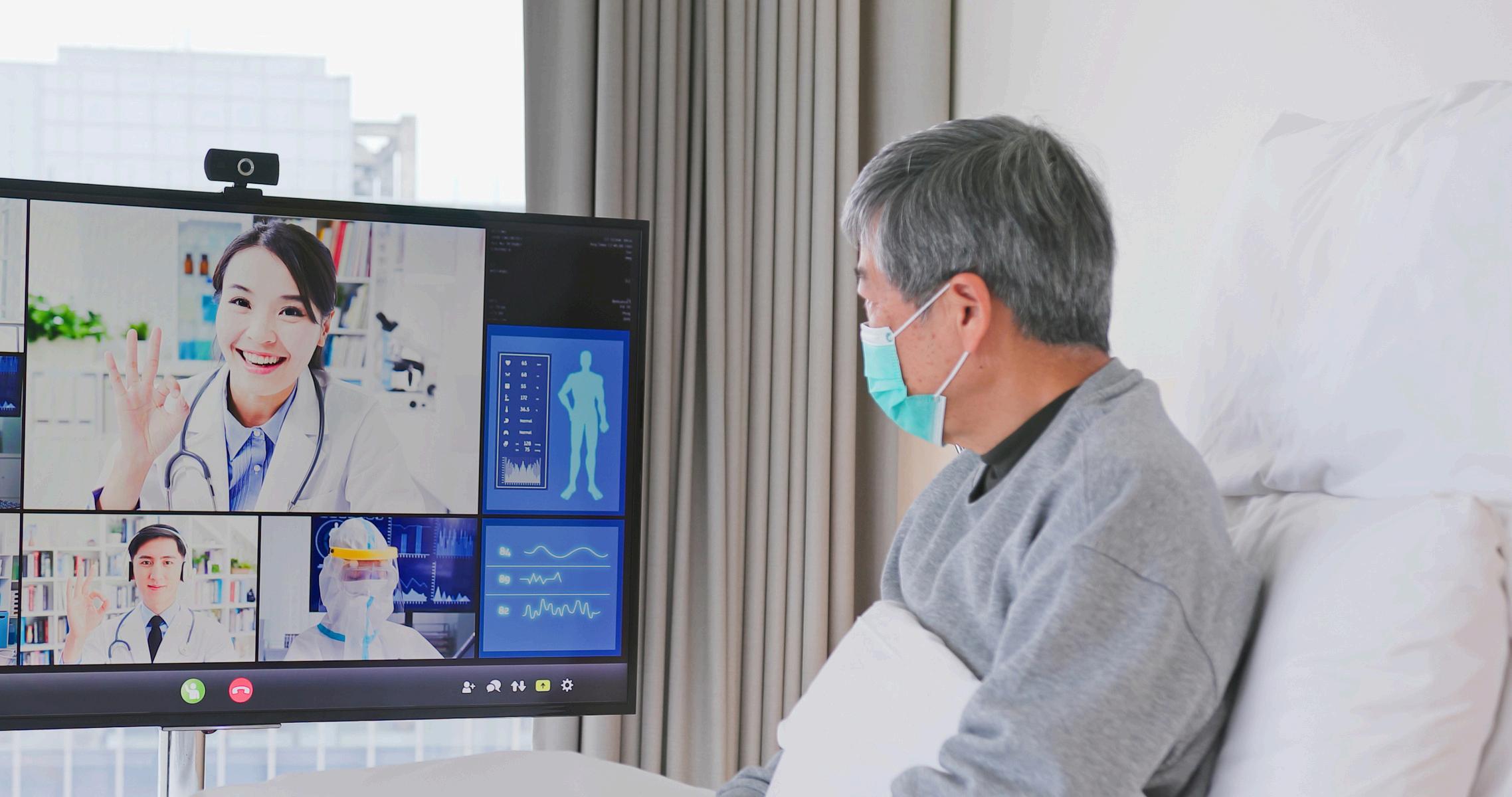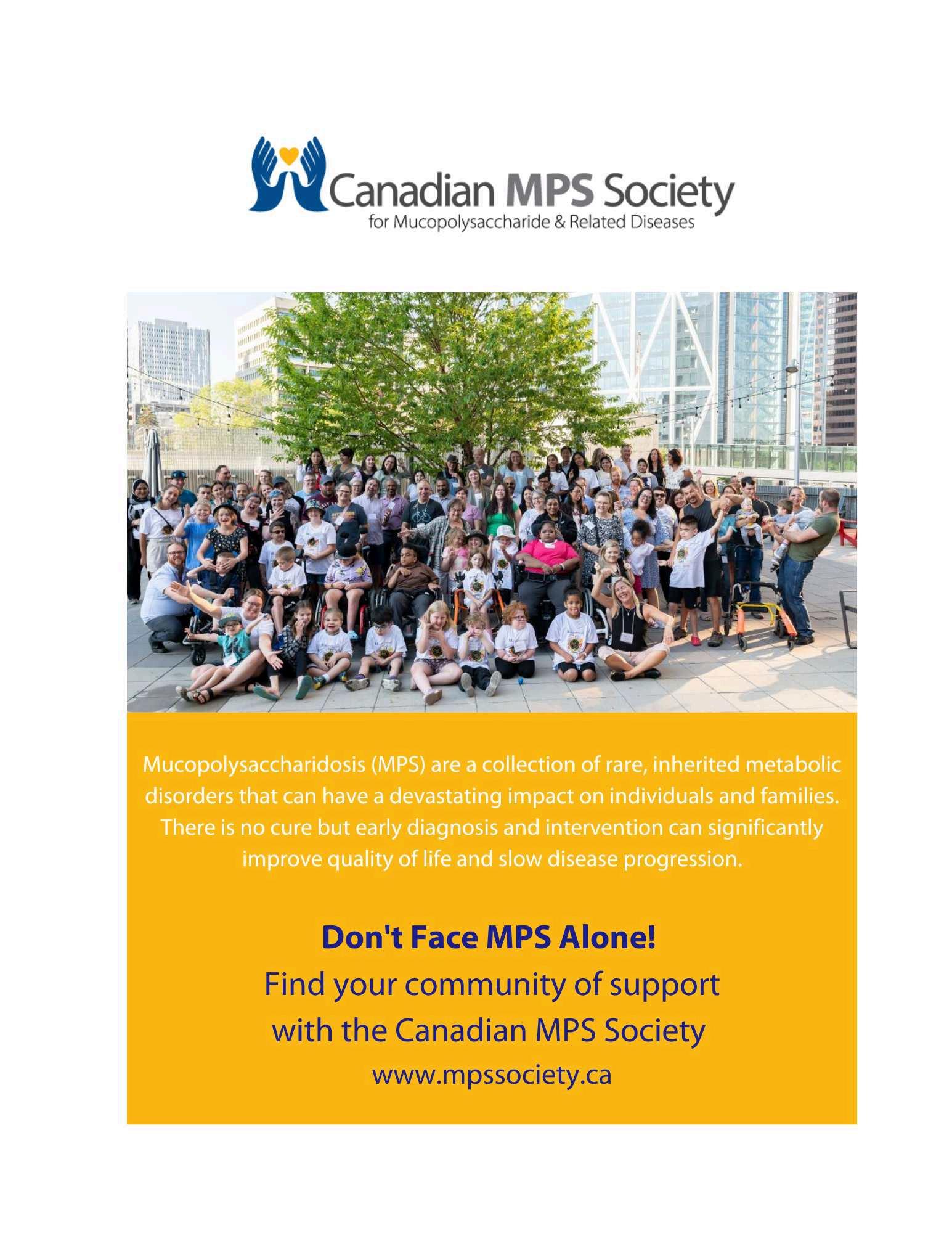
4 minute read
Ask the Professional
Maureen Carpenter, BSC, RN, CD provides her insight
What are some practical steps nurses can take to ensure that patient needs and preferences are prioritized in care plans?
Practical steps toward identifying a patient’s needs will begin with talking to the patient and evaluating their knowledge base and possible lack of insight with regards to the diagnosis and the treatment plan.
Useplainlanguageinaclearandtransparentdelivery,allowingatwo-wayconversation.Askthe patient to explain to the advocate their take on what they have been told to that date. If a patient can put into words their impression of the information received, a starting point will be established to build on the avenues needed to guide this person successfully. Once knowledge deficits and support needs can be recognized, information gathering and teaching can be more effective.
Advocatingforapatientcanlooklike:
Assistingthepatientincreatingasupportnetwork
Collectionofinformationaboutthepatient’shealthcondition
Buildingtrustingrelationships,nourishingconsideraterelationships
Respectingculturalandreligiousbeliefs
Helpthepatientassumeresponsibilities,andthiswillensurethepatientfollow Medicaladvicetoleadtotreatmentsuccess
Discussionsregardingfinancesandfinancialaidisimportant Understandingthepatient’semotions,fears,concerns,etc
Enhancing advocacy abilities can be achieved by becoming knowledgeable of legislations, treatments, disease processes and outcomes of the health issues their clients are facing Awareness of the possible barriers a patient can experience will help in avoiding these and developingasmootherjourneythroughthesystem


How do you see the role of patient advocacy evolving with the increasing use of technology in healthcare, such as telemedicine and health apps?
Technology is constantly evolving just as the world constantly turns. Telemedicine has grown since the pandemic where contactless interactions were legislated as the norm of the time. Access to telemedicine will greatly improve accessibility to those who may live remote or rural. This availability may empower a patient as they will have more control and feel more validated when concerns, for example, are discussed in a timely manner. Telemedicine can also reduce wait times for consults since this can be done remotely.
Patients often feel vulnerable when ill. Telemedicine may help lower barriers induced by feeling exposed or vulnerable. An added bonus is when a patient is able to access their health information leading to more active engagement in care. A hurdle with telemedicine would be to have the patient buy into this type of care. The physical presence of a clinician may help ground a patient who is not dealing well or having difficulty absorbing all the information. Non-verbal cues can be missed with telemedicine and a patient may leave an appointment with more anxiety due to missed indicators.
Health apps have both pros and cons, as do all things in life. Most individuals today own smartphones and have health apps that monitor their steps, heart rate, etc. Some apps allow access to lab results, diagnostic reports, and prescription medications. Many provinces in Canada have developed programs delivered in an app for residents to log on and see their health information. The convenience alone is empowering and can lead people to a better understanding of their medical needs and lead to improved healthy behaviours and accountability for their health. Some health apps do provide educational options in the terminology, anatomy, and identification of prescription drugs. The cons to health apps include a lack of data privacy where a person’s birth date, full name, home address, etc, can be included on these sites. Information accuracy is another concern, such as measuring a person’s heart rate, stress responses, or blood pressure. There is also a lack of regulation for these apps, which covers the concern about the accuracy of readings. www.dignityhealth.org

What challenges do healthcare professional face in balancing cost-efficiency with ensuring high-quality, patient-centered care, and how can patient advocacy help overcome these challenges?
Balancing cost-efficient, high-quality care has been studied exhaustively around the globe. In Canada, over half of the health spending is consumed by three areas. According to the Canadian Medical Association, these areas are hospitals at 26%, drugs at 14 % and physicians at 14%. However, Canada’s healthcare system continues to experience challenges of significance in two of the above-noted areas. Health Canada reported that overwhelmed emergency rooms and the lack of family doctors or access to the same had created an enormous strain on healthcare workers. While Canada’s healthcare is publicly funded, challenges with funding create obstacles for patients to receive timely care.
More family physicians or increased numbers of Primary Care facilities can help ease the burden generated by emergency department overuse. www.canada.ca/en/health-canada.html


Howcannurseseffectivelyadvocateforpatientwithinahealthcaresystemfocusedon value-basedcare?
Valuebasedcareinnursingisafocusontheholisticaspectofpatientcare Thisconceptofcare has been within the nursing undergrad university program for over twenty years in Canada The holistic framework for care was a baseline within the different care models covered This is an approachtocarewithafocusontheindividualasawholepersonratherthanfocusingsolelyon the disease or health issue. Value-based care emphasizes an integrated model of care which addresses the person’s physical, mental, behavioural and social needs in health care. The word valueinvalue-basedcarecanrefertowhatthepatientvaluesmost.
To effectively care for a person within this model is to ensure that all aspects of a patient’s wellbeing are explored and considered when developing the care plan and guiding the patient throughtheirhealthcarejourney.
For a nurse to effectively advocate for a patient within the value-based care system, they must explore the above aspects of that person. Asking questions, active listening, engaging and supporting the patient will increase the advocate's understanding of the needs or deficits this person needs to be addressed for successful care. “Maximizing patient engagement is essential for the success of value-based care models. By prioritizing, collaboration, communication, shared decision-making, and a patient-centred environment, healthcare organizations empower patientstotakeanactiveroleintheirhealthcare.”www.chenmed.com
In your experience, what impact does strong patient advocacy have onpatientoutcomes andtheoverallhealthcareexperience?
Strong patient advocacy will affect so many aspects of a person’s journey.Asapatientnavigatesthroughtheirprocesswiththeaidofan advocate, they will be less likely to miss appointments, experience medical errors, have misunderstandings of medical instructions or advice, or fall behind in timely treatment schedules The advocate having a firm knowledge base with regards to the disease or diagnosis willbeeffectiveindevelopingtrustwiththepatientorclient Astrong advocate can guide a patient toward a goal without doing the work thatshouldorcouldbecompletedbythatpatient.
Empowering a patient to navigate their journey is essentially what the advocate is working toward. When a patient feels heard, they feel validated, and their motivation will increase. Patients become able to makeinformeddecisionsabouttheirtreatmentandcare.Avoidanceof unnecessary hospitalizations can be a definite indicator of positive outcomesduetostrongadvocacy.www.cms.gov


Your resources
Patients, caregivers, Patients organizations, Healthcare professionals and other stakeholders, we want to help you.
You are looking for information on clinical trials to finish...










